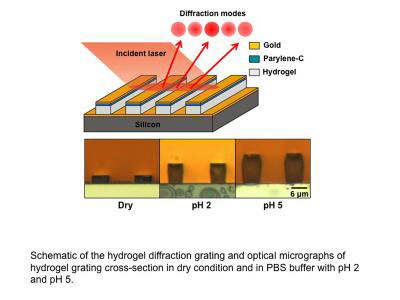 Researchers are developing a new type of biological and chemical sensor that has few moving parts, is low-cost and yet highly sensitive, sturdy and long-lasting. The "diffraction-based" sensors are made of thin stripes of a gelatinous material called a hydrogel, which expands and contracts depending on the acidity of its environment.
Researchers are developing a new type of biological and chemical sensor that has few moving parts, is low-cost and yet highly sensitive, sturdy and long-lasting. The "diffraction-based" sensors are made of thin stripes of a gelatinous material called a hydrogel, which expands and contracts depending on the acidity of its environment.
Feb 8th, 2011
Read more
In the first published critical review of technical developments related to electronic paper devices (i.e., e-readers like the Amazon Kindle), UC researcher Jason Heikenfeld and industry counterparts review the next generation of these devices.
Feb 8th, 2011
Read more
University of Granada scientists and the Spanish Higher Institute for Scientific Research (CSIC) have made significant progress in understanding phospholipid vesicles , which are colloidal systems arising considerable interest from the pharmaceutical, cosmetic and food industry.
Feb 8th, 2011
Read more
For the first time, the University of Notre Dame is holding a competition to recognize outstanding undergraduates from any university or college who are engaged in research in nanoscience and engineering.
Feb 8th, 2011
Read more
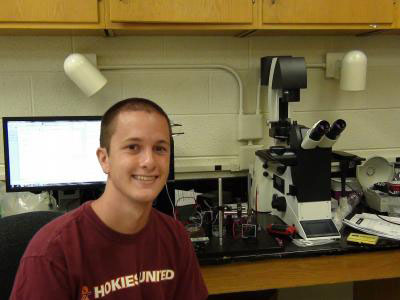 Nematodes, microscopic worms, are making engineers look twice at their ability to exhibit the "Cheerios effect" when they move in a collective motion. These parasites will actually stick together like Cheerios swimming in milk in a cereal bowl after a chance encounter "due to capillary force." This observation has made Virginia Tech engineers speculate about the possible impacts on the study of biolocomotion.
Nematodes, microscopic worms, are making engineers look twice at their ability to exhibit the "Cheerios effect" when they move in a collective motion. These parasites will actually stick together like Cheerios swimming in milk in a cereal bowl after a chance encounter "due to capillary force." This observation has made Virginia Tech engineers speculate about the possible impacts on the study of biolocomotion.
Feb 8th, 2011
Read more
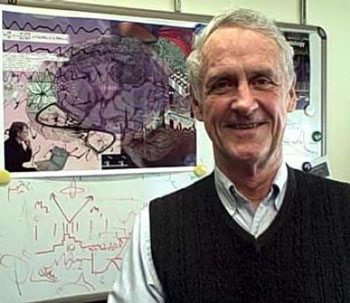 If successful, the devices would bridge impaired nerve connections and promote brain recovery from injury or disease.
If successful, the devices would bridge impaired nerve connections and promote brain recovery from injury or disease.
Feb 8th, 2011
Read more
Public forums aimed at forging consensus and driving solutions on critical industry challenges.
Feb 8th, 2011
Read more
Unprecedented single molecule imaging movies of living cell membranes, taken by a research team based at Kyoto University and the University of New Mexico, have clarified a decades-old enigma surrounding receptor molecule behaviors.
Feb 8th, 2011
Read more
Teams at June 20-26 session in Grenoble will design projects and compete for fellowships to implement research at CEA.
Feb 8th, 2011
Read more
As part of NEDO's Industrial Technology Research Grant Japan-Finland collaborative project, Professors Yutaka Ohno from Nagoya University in Japan and Esko I. Kauppinen from Aalto University in Finland along with their colleagues have developed a simple and fast process to manufacture high quality carbon nanotube-based thin film transistors (TFT) on a plastic substrate. They used this technology to manufacture the world's first sequential logic circuits using carbon nanotubes.
Feb 8th, 2011
Read more
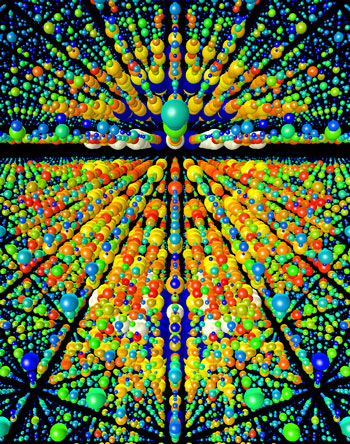 It has been a dream of researchers for over a decade: image biological materials at high resolution using incredibly intense X-ray laser pulses. A research team has proven this principle at the Linac Coherent Light Source by forming images of the Photosystem I protein complex and particles of the Mimivirus.
It has been a dream of researchers for over a decade: image biological materials at high resolution using incredibly intense X-ray laser pulses. A research team has proven this principle at the Linac Coherent Light Source by forming images of the Photosystem I protein complex and particles of the Mimivirus.
Feb 8th, 2011
Read more
This one-hour presentation on Feb. 17, will introduce Hall effect measurements as they relate to semiconductor materials and device characterization.
Feb 8th, 2011
Read more
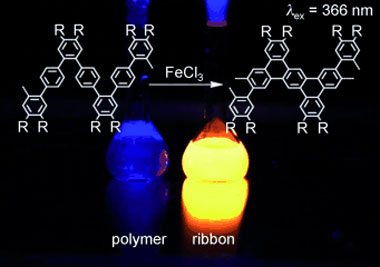 A new method for the synthesis of long, narrow graphene ribbons with defined dimensions.
A new method for the synthesis of long, narrow graphene ribbons with defined dimensions.
Feb 7th, 2011
Read more
Researchers believed neurons in the brain communicated through physical connections known as synapses. However, EU-funded neuroscientists have uncovered strong evidence that neurons also communicate with each other through weak electric fields, a finding that could help us understand how biophysics gives rise to cognition.
Feb 7th, 2011
Read more
Carbon nanotubes have many attractive properties, and their structure and areas of application can be compared with those of graphene, the material for whose discovery the most recent Nobel Prize was awarded. In order to be able to exploit these properties, however, it is necessary to have full control of the manufacturing process. Scientists at the University of Gothenburg are closing in on the answer.
Feb 7th, 2011
Read more
 A low cost, nanometer-sized drug to treat chronic wounds, such as diabetic foot ulcers or burns, has been developed by a group of scientists from the Hebrew University of Jerusalem, Harvard Medical School and others in the U.S. and Japan.
A low cost, nanometer-sized drug to treat chronic wounds, such as diabetic foot ulcers or burns, has been developed by a group of scientists from the Hebrew University of Jerusalem, Harvard Medical School and others in the U.S. and Japan.
Feb 7th, 2011
Read more
 Researchers are developing a new type of biological and chemical sensor that has few moving parts, is low-cost and yet highly sensitive, sturdy and long-lasting. The "diffraction-based" sensors are made of thin stripes of a gelatinous material called a hydrogel, which expands and contracts depending on the acidity of its environment.
Researchers are developing a new type of biological and chemical sensor that has few moving parts, is low-cost and yet highly sensitive, sturdy and long-lasting. The "diffraction-based" sensors are made of thin stripes of a gelatinous material called a hydrogel, which expands and contracts depending on the acidity of its environment. 





 Subscribe to our Nanotechnology News feed
Subscribe to our Nanotechnology News feed